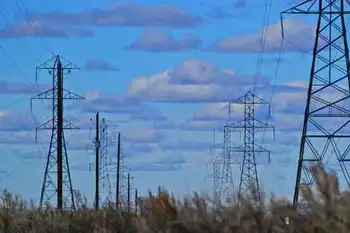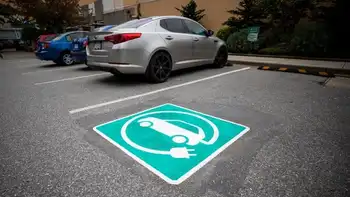Mirant Bankruptcy Scares U.S. Energy Market
By Reuters
Protective Relay Training - Basic
Our customized live online or in‑person group training can be delivered to your staff at your location.

- Live Online
- 12 hours Instructor-led
- Group Training Available
"Mirant is a big company that could potentially disrupt the market. They are probably holding a lot of positions," one Midwest natural gas trader said.
Atlanta-based Mirant, one of the nation's top merchant energy traders, on Monday offered its creditors a plan to restructure $1.45 billion of debt as part of a wider refinancing effort aimed at avoiding bankruptcy.
At the same time it warned that if the plan were not quickly approved, it might seek Chapter 11 bankruptcy protection using the same plan as the foundation for restructuring.
The move is the latest in a series of setbacks for an industry hit hard by the downfall of energy trader Enron Corp. in 2001, federal investigations into market manipulation and subsequent severe credit downgrades.
"Mirant is one of the few big players left," one New England electricity trader said. "If Mirant exits the market, it's going to be a lot harder to enter long term deals."
A year ago, Mirant was the biggest natural gas trader and sixth biggest power trader in the United States, according to a study by energy analyst Scott, Madden & Associates.
BACK TO BASICS
Over the past year, electricity traders have nearly abandoned speculative trading to return to the sale of megawatts generated at their power plants.
Speculative trading, which made Enron the biggest energy trader in the nation before it failed, involves making a bet on whether power prices will rise or fall in the future based on such factors as the weather or fuel supplies.
It is potentially more lucrative than trading around physical assets, like power plants, but much riskier.
Mirant was created by Southern Co. to buy and build power plants across the nation that would sell power into the newly deregulated regional electricity markets.
As with other energy merchants hurt by falling power prices, like Xcel Energy Inc. unit NRG Energy and PG&E Corp. unit PG&E National Energy Group (NEG), Mirant's credit rating has been cut to junk and its stock price has fallen sharply.
Mirant fell almost 25 percent or 84 cents at $2.56 a share on the New York Stock Exchange on Tuesday. Two years ago the stock peaked at $47.20.
NRG went into bankruptcy in May, while PG&E NEG has said it plans to file for protection from creditors soon.
One trader who specializes in the Midwest U.S. market said Mirant's energy trading operation might actually benefit from a bankruptcy filing.
The trader, speaking on condition of anonymity, said the NRG bankruptcy "has made it easier for us to deal with them because any deals we do are subject to oversight by the bankruptcy court.
"Our deals are more solvent now ... We have a better relationship now with NRG in bankruptcy," he added.











